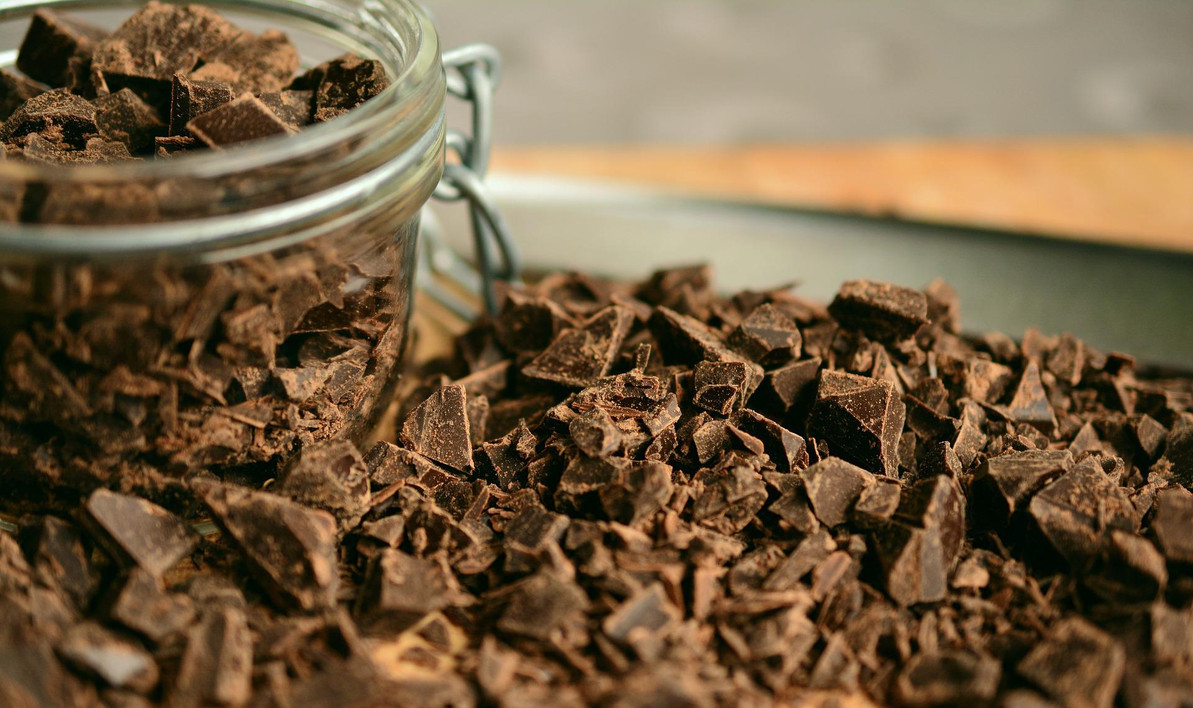A Brief History of Chocolate
Consumers love chocolate in all its many forms. The average consumer eats approximately half a pound of chocolate a month, making chocolate a billion dollar a year industry. Unfortunately, not many consumers know anything about its origins; the history of chocolate is an exciting tale.
Chocolate Terminology
The word chocolate is now synonymous with anything related to the plant or bean that gives us chocolate. However, most people don’t realise there is a difference in terminology that identifies different stages and forms.
Cacao refers specifically to the cacao beans and plants that give us chocolate. The term is often interchangeable with cocoa beans, as most English-speaking countries prefer to spell cacao as cocoa. Chocolate is anything made from that plant or bean.
Cocoa usually refers specifically to the powder form of that chocolate, most often used in drinks and baking.
Chocolate History Begins with Drinks
Many might assume that chocolate began as an edible sweet that later evolved into drinks and ice creams. However, the opposite is true. Chocolate began as a drink often mixed with water, chilli, and corn, and 90% of chocolate history was in drink form, even before the addition and mass production of sugar.
The Timeline of Chocolate
South America
Cacao plants originated in South American countries. The history of chocolate dates back more than 4000 years to ancient Latin cultures and the Aztecs of South America. Recent studies found cacao residue on fermented alcohol pots dating back to 1400 B.C.
The Mayans created the first cacao farms around 500 A.D. by harvesting wild cacao plants. With increased cacao production and its growing popularity as a drink, consumers traded cacao as a luxury item across Central and South America.
Europe
Early Spanish explorers discovered chocolate in the Americas and brought it back to Spain in the early 1500s. From Spain, the popularity of chocolate spread to France and then England throughout the 1600s. Not long after, farming cacao plants expanded from the Americas to countries along the equator.
Europeans found the additive values of honey and sugar cane when they discovered the Americas. Chocolate drinks were initially bitter tasting to most Europeans until they added honey and sugar cane as a sweetener. In the late 1600s, a blend of milk, sugar, and cacao created a sweet hot chocolate drink.
Before the Industrial Revolution, people made chocolate by hand, making it difficult to produce in abundance. Due to its expense and rarity at the time, chocolate was primarily available only to the wealthy throughout Europe. Royalty and the wealthy classes indulged in chocolate for its decadence as much as for its medicinal values.
After the Industrial Revolution
The Industrial Revolution gave us the chocolate press, which made the production of chocolate powder from the cacao beans much easier. Changes in chocolate form and consumption happened very quickly from there.
In 1828, the Dutch discovered how to turn cocoa powder into Dutch cocoa and solid chocolate, creating a range of cooking and candy possibilities. In 1847, melted cocoa butter, blended with sugar and cocoa powder, made a bar of mouldable chocolate and created the first chocolate bar. In 1868, Cadbury opened as the first chocolate bar company.
Henri Nestlé discovered how to make powdered milk in 1867. Swiss chocolatiers started adding powdered milk to standard chocolate bar ingredients in 1875 and created milk chocolate.
The next giant leap came in 1879. Swiss chocolatier Rudolph Lindt developed a chocolate conching machine that heated the chocolate ingredients for several hours. Conching created a smooth chocolate form, whereas prior chocolate bars were dryer and coarser.
In 1936, Henri Nestlé made milk powder with minerals and vitamins. Nestlé accidentally combined the milk powder mixture with cacao butter while moulding it into a hardened bar form.
The accident created a tasty white chocolate bar that Nestle began selling immediately.
Fine Chocolate
In the 1990s, the popularity of chocolate led several chocolate connoisseurs to research the history of the cacao plants to identify different plant species and prevent the extinction of those plants. The discovery of multiple variations of cacao gave birth to the fine chocolate industry.
In the beginning, the fine chocolate industry focused on the diverse flavours extractable from different cacao plants and plant growers. With uniquely extracted flavours, chocolatiers began focusing on and developing higher-quality chocolate products. They even mixed chocolate bars of various flavours with multiple wine flavours.
Chocolate and chocolate making in its many forms continues far after its discovery. In 2017, the Fine Cacao and Chocolatier Institute determined that there were 481 fine chocolate makers across the globe. With the increased interest in fine chocolates, chocolate producers expect the chocolate industry to grow to more than $41 billion worldwide by 2024.
Popularity of Chocolate
Early chocolate consumers used chocolate primarily for its nutritional and medicinal qualities and as an aphrodisiac in its early forms. The early Aztecs believed it to have magical or divine properties and thought cacao to be a sacred food of the gods. The Aztecs used it for many religious practices, including births, marriages, and deaths, and drank chocolate in preparation for war.
The popularity of chocolate led to its use as a form of currency throughout its history. Early consumers commonly traded cocoa beans for goods and services.
During the early wars, many countries provided chocolate with rations for soldiers. The United States even used chocolate to pay soldiers’ wages during the Revolutionary War. Worldwide, soldiers often shared their chocolate rations with war-stricken citizens and children as a sign of friendship and kindness.
Chocolate Today
Today, 70% of the world’s cocoa farms are in West Africa. However, chocolate companies do not own most of the cocoa farms. The family-owned farms are small, averaging less than ten acres, and they raise chocolate by hand.
Children and adults alike love chocolate.. In Australia, more than 14.2 million consumers over the age of 14 eat chocolate each month. Chocolate bars remain the favourite form of chocolate for consumption. In addition, research shows that more women consume chocolate than men.
Chocolate remains the leading candy sold on holidays and special occasions worldwide. Those occasions include Valentine’s Day, Easter, Halloween, and Christmas. Additionally, chocolate remains one of the top three flavours of ice creams across the globe.
There are also multiple days celebrating chocolate specifically:
- July 7th is Chocolate Day and honours the day that chocolate came to Europe.
- July 28th is National Milk Chocolate Day in the United States.
- September 13th is International Chocolate Day.
- November 7th is National Bittersweet Chocolate Day with Almonds in the United States.
Studies even show that chocolate is good for a heart-healthy diet. Chocolate contains calcium, magnesium, phosphorous, iron and copper, along with vitamins A, B1, B2, C, D, and E. In addition, the cacao bean is the greatest natural source of magnesium in the world.
The next time you crave a chocolate bar, take the time to remember all the confectionaries, chocolate connoisseurs, and their contributions that made it possible to develop smooth, rich, fine chocolate in an abundance of flavours and varieties. While indulging in that chocolate bar, share the history of chocolate with another chocolate fan.
Ready for more sweet stories? Visit The Lolli Shop or call us at 4599-9167 to satisfy your next sweet tooth.
Recent Posts
-
Pop Tarts: Did You Know?
Pop Tarts are not only one of a few popular American Snacks bought online, but are arguably one t …26th Aug 2022 -
A Few Surprising (but True) Facts About Cheetos
Ah, Cheetos. Do you know that one snack that after grabbing a few pieces, its rich coating of c …12th Aug 2022 -
All You Need To Know About Hershey's Chocolate
The Central Americans enjoyed chocolate centuries ago. Then, the Spanish brought the sweet treat to …27th Jul 2022




